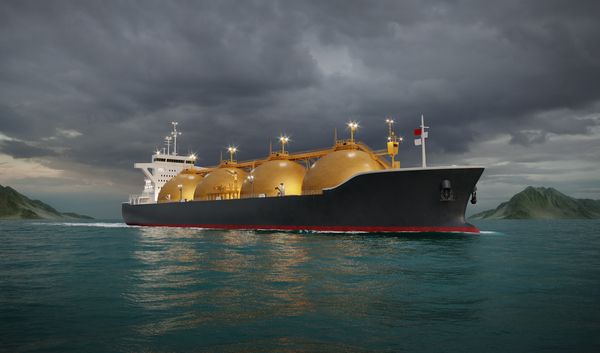Many investors have had their interest piqued by the ongoing conversation about liquefied natural gas, or LNG, exports. As far as stock market opportunities go, the only company in the U.S. with all the necessary approvals for such exports is Cheniere Energy (LNG +1.75%). If you haven't been following the company, you may have some questions not only about Cheniere itself, but also about how it fits into the global LNG picture. That's why we created a premium report on the company, to help guide investors on whether or not Cheniere merits consideration for their portfolios.
Below is an excerpt from the report, laying out three areas investors need to watch in the coming years. We hope you enjoy.
The Key Areas You Must Watch
- The success of Cheniere is based almost entirely on world gas markets, particularly the Asian market. Japan and South Korea are the number one and number two importers of LNG in the world. Japan alone accounts for 33% of the world LNG market, and its demand for the fuel is only expected to permanently decrease its dependency on nuclear power. In the wake of Fukushima, Japanese LNG imports immediately increased from 3.4 trillion cubic feet to 3.8 trillion cubic feet. China is expected to quadruple its natural gas consumption by 2020, and the International Energy Agency anticipates it doubling from there by 2035. And even though China is sitting on shale gas resources that some estimate are 50% more than those in the United States, the country has minimal water resources and a dearth of pipeline infrastructure, both key factors that may stymie its ability to develop its natural gas deposits in a meaningful way.
- Time is a crucial factor here as well. Cheniere plans to begin exporting LNG from its first train at Sabine Pass by the very end of 2015 and the second train following shortly after. Two more trains are expected to come online in the following year. The company's Corpus Christi liquefaction facility is targeting a 2017 in-service date. Right now, Cheniere is on schedule to meet these goals and needs to remain that way. The world gas markets can be affected by numerous factors over that time period, some of which may benefit Cheniere, others of which may hurt the company's margins. The longer the gas takes to get to market, the larger the question mark becomes.
- Cheniere's ability to secure customer agreements is obviously crucial to the company's success as well. So far, it has deals supporting five of the proposed trains at the Sabine Pass project. BG and Gas Natural Fenosa combine for 7.7 million tons per annum on the first two trains, while Korea Gas and GAIL (India) account for a combined 8.3 million tons per annum on trains three and four. Total has entered into a sales and purchase agreement for approximately 2.0 million tons per annum from train five. In October 2012, the Department of Energy authorized export of domestically produced gas from the Corpus Christi facility up to 15 megatons (or 767 billion cubic feet) per year to countries that have a free trade agreement with the U.S. Investors should watch closely as Cheniere now begins to line up customers for the Texas facility.
Looking for more guidance
That was just a sample of our new premium report on Cheniere Energy. If you're weighing whether the company is a buy or sell, the report is an essential resource for investors seeking more information on the company. Not only that, but the report comes with updated quarterly guidance and dives into upcoming catalysts on the horizon. To get started, simply click here now.






